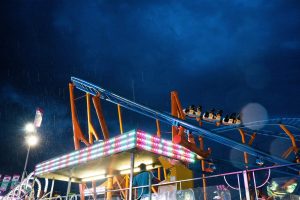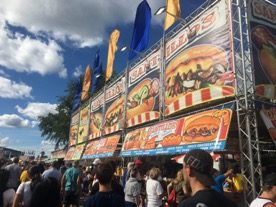Cultural vendors, musicians bring diversity to New York State Fair
Vendors, musicians diversify NY State Fair
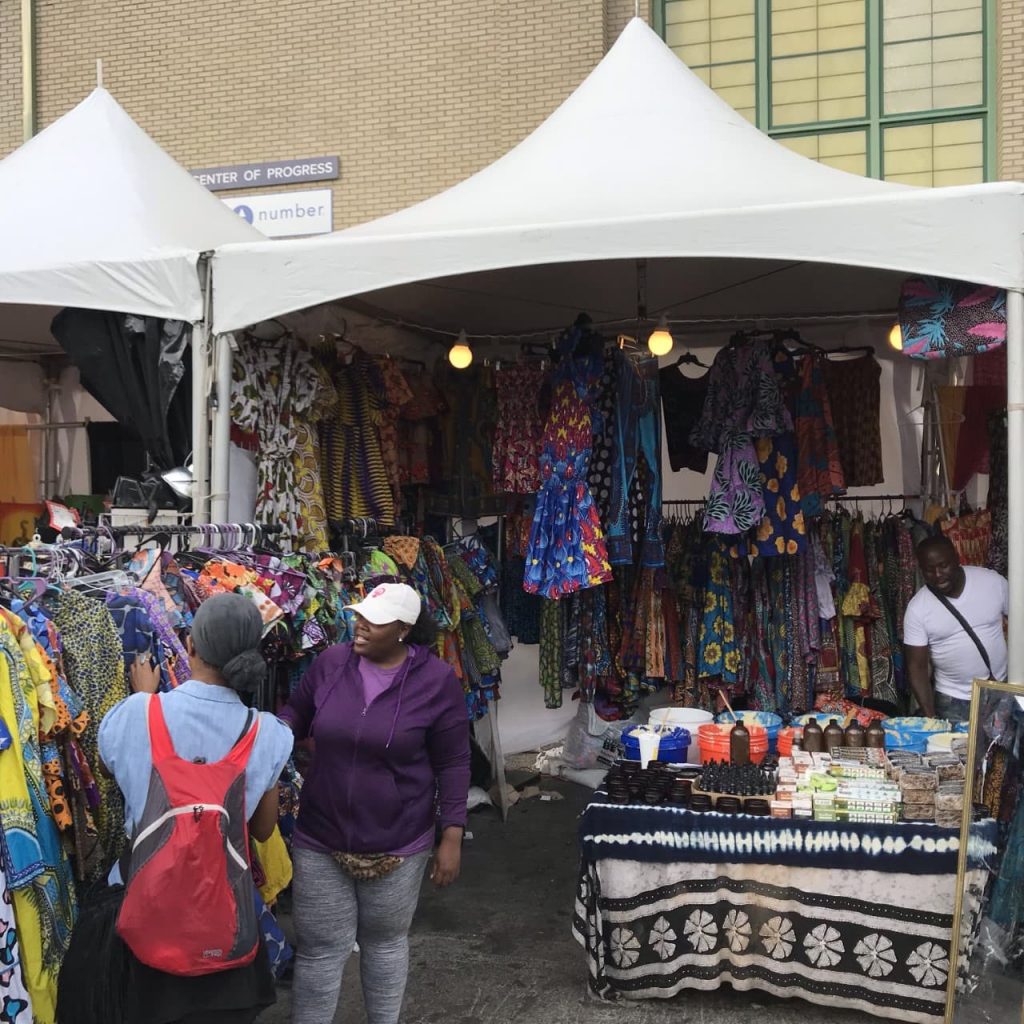
For more than a century, the New York State Fair has always been, at its core, about the agriculture. Hoedowns, horse barns and tractors are just a few of the staples seen throughout the popular late-summer event in Syracuse.
But in recent years the Fair has been trying to cultivate a diverse atmosphere with the creation of ethnic villages spread throughout the fairgrounds.
That change didn’t come quickly. It reflects two decades of persistence — and a bit hardball at times — from Van Robinson to make it all happen.
More than 20 years ago, Robinson voiced his displeasure with the state governor’s office about the lack of representation of African-Americans at the Fair. The former Syracuse City Council President and NAACP member warned that people would hold picket signs outside every Fair gate in a boycott of the city’s discriminatory practices.
The harsh criticism caught the Fair administration’s attention, and soon minority vendors began popping up. But Robinson envisioned more of a cultural presence rather than a few remote vendors. And with the help of the NAACP, Robinson helped expand an area that is now known as the Van Robinson Pan-African Village, which sits nestled in the fairgrounds east end.
“It couldn’t be called ‘The Great New York State Fair’ if it didn’t represent New York State,” Robinson said.
The identity of the Fair has changed drastically since Robinson called for action. New York native Jim Bond, who has attended the Fair for the past 54 years, remembered a time when the Fair centered solely on agriculture, with construction equipment, loaders, and tractors dominating the scene. But now Bond said the Fair has become a “vendor’s paradise” with a melting pot of different nationalities.
And although Bond reminisced about the Fair’s reputation as an agricultural hub, he said he still enjoys making the 70-mile drive from home for “people watching” and listening to the “murmur of the crowd.”
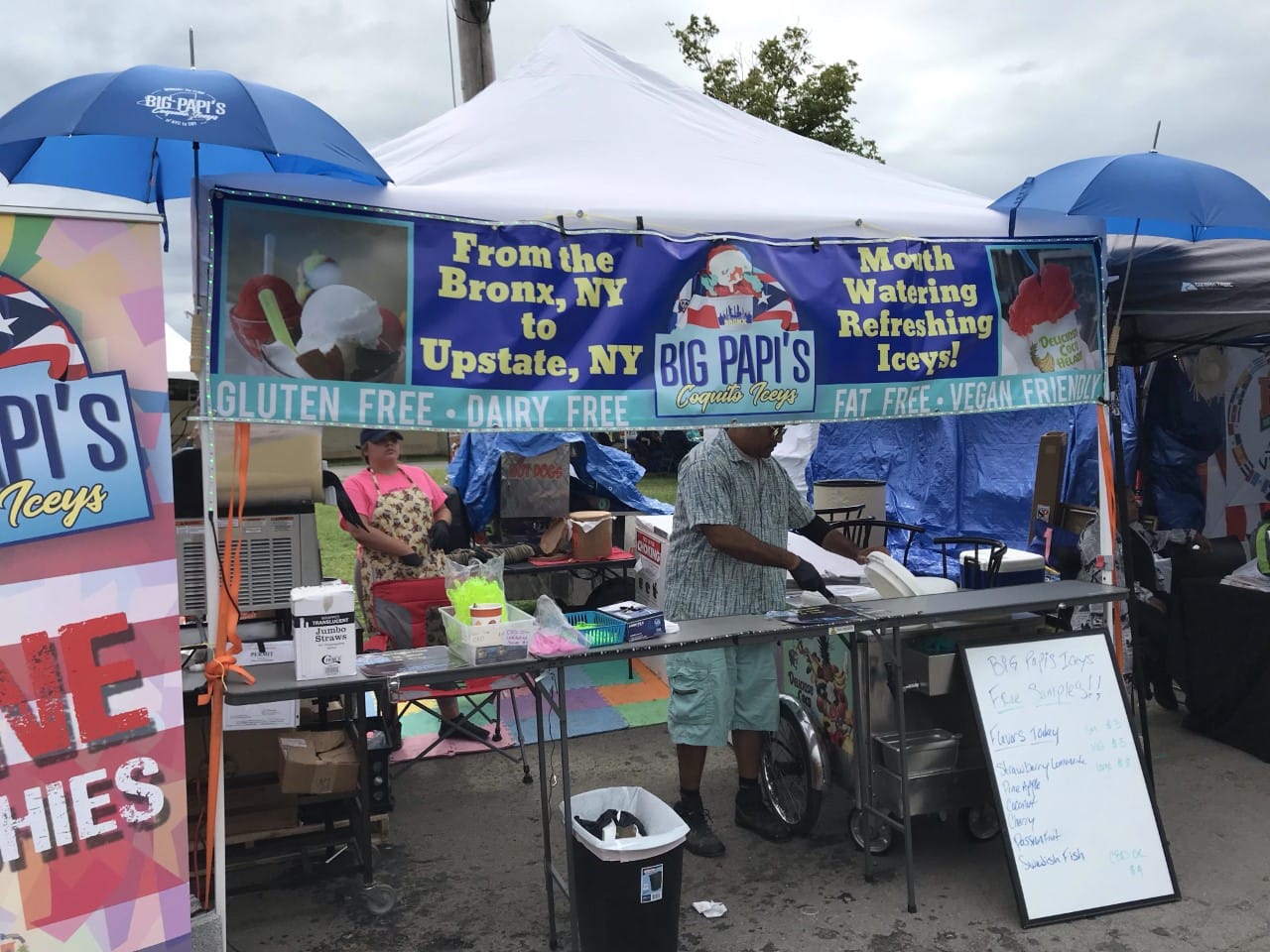
There were a wide variety of vendors stationed throughout the fairgrounds, especially in the Pan-African Village, where colorful dresses, hand drums, jewelry, and soul food offered patrons a unique Pan-African cultural experience.
Syracuse resident Tunisia Johnson, who has been to the Fair at least 30 times, said she has seen the village grow since its inception and appreciates its meaning to the African-American community.
“Inclusivity is important, especially in Syracuse, because you want the Fair to reflect the people that live here,” Johnson said.
NAACP member Al Green shared those same thoughts as he volunteered to sell raffle tickets in the Pan-African Village on a recent Sunday. “This is our fair, the people’s fair,” Green said. “There should be areas for different races.”
The Fair also succeeded in bringing another ethnically diverse community – the Latino Village – into the fold in 2018. Robinson said each community at the Fair is focused on working together to help bring about diversity.
“That was the purpose when we did the [Pan-African] Village,” Robinson said. “To have one [group] help the other. And everyone has succeeded.”
Big Papi’s Coquito Iceys is one food truck that has benefitted from the Fair’s interwoven network of promoting cultural diversity. Its owner, William Castaneda, sells his coquito concoctions — a staple of the Latin community — in both the Latino and the Pan-African Villages.
Similar to Italian Ice — but “way better”, Castaneda said — these fat-free, fruity drinks are considered a healthy alternative to ice cream with flavors such as coconut, pineapple and mango. Castaneda, whose product comes from the Bronx, N.Y., said he felt it was his obligation to bring this signature beverage to Syracuse.
“The Latino community is strong in this area, as well as in the entire state of New York,” Castaneda said. “So it’s just a surprise it took this long to have our little spot at the State Fair.”
Mohawk, N.Y. resident Tekahentake Regis, who is of Native-American descent, said he enjoyed visiting the Indian Village at the Fair. But Regis, who stood in line at a Latino-themed food vendor, said he also spends time experiencing the many cultures of New York State represented at the Fair.
“One of the main reasons we come is to dance, and we get to hang out and try different foods,” Regis said.
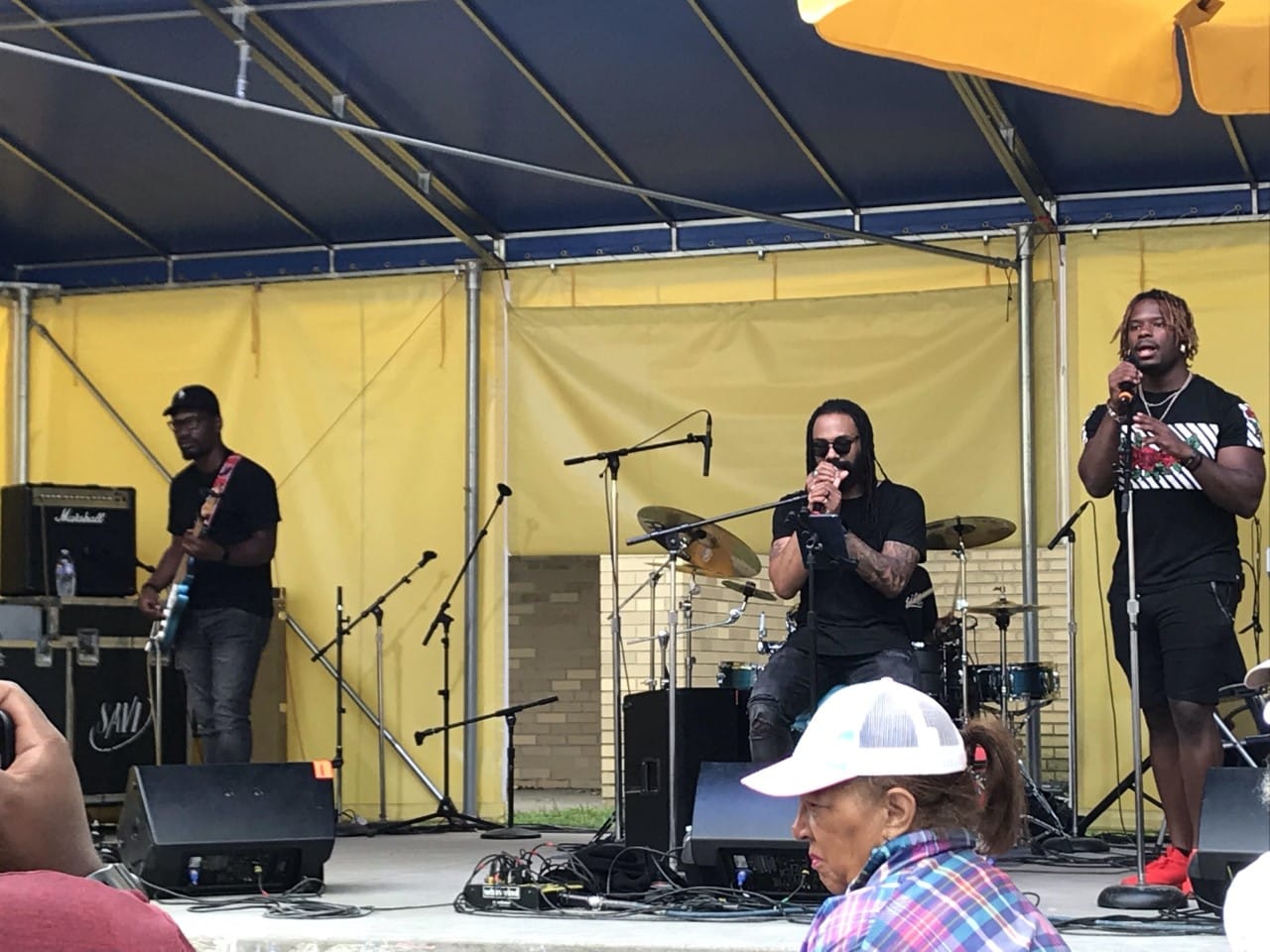
Aside from food, music is another big component of diversity at the Fair. The musician Big Brother, who markets himself as “your friendly neighborhood rapper,” blended multiple genres of hip-hop, rhythm and blues, and reggae in his performance in the Pan-African Village. His lyrics of “When you’re lost in the universe, don’t lose faith,” and song titled “DNOU” (Don’t Nobody Own Us) embraced the Afrocentric roots that are on display throughout the village.
This year’s Fair featured many popular minority artists. On Tuesday, Aug. 28, the Fair hosted its first foreign-speaking artist Farruko. Juice WRLD — a recent emergence in the modern era of rap music — performed on Friday, Aug. 30, and The Roots, who are an old-school hip-hop group, performed two nights later at Chevy Court.
The scene felt like a new-age Woodstock, with attendants dancing in the rain and enjoying the infectious rhythm of fresh vocals and live instrumentation. The performance concluded what turned out to be a successful display of diversity at the Fair.

